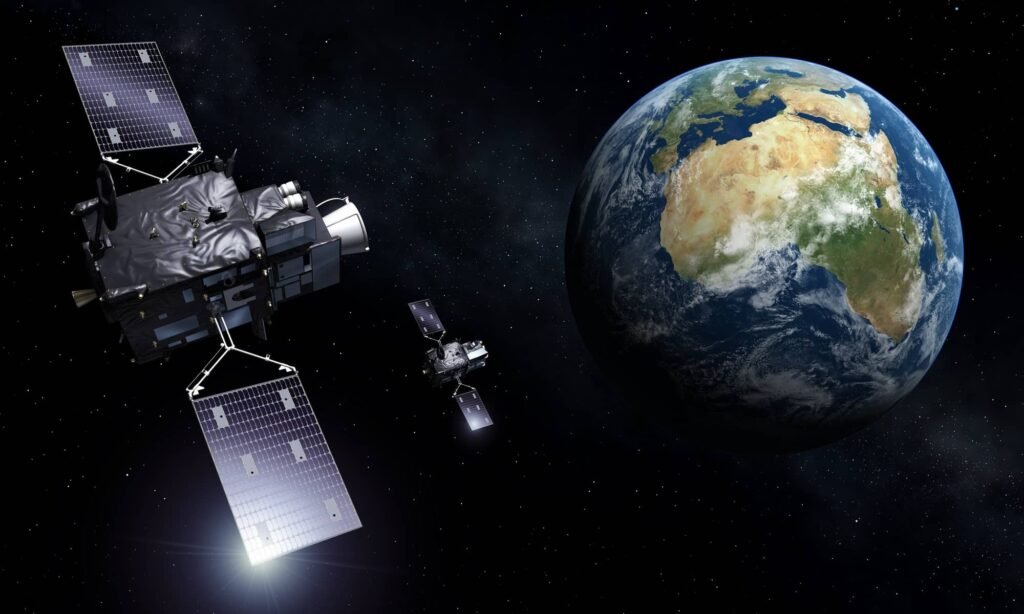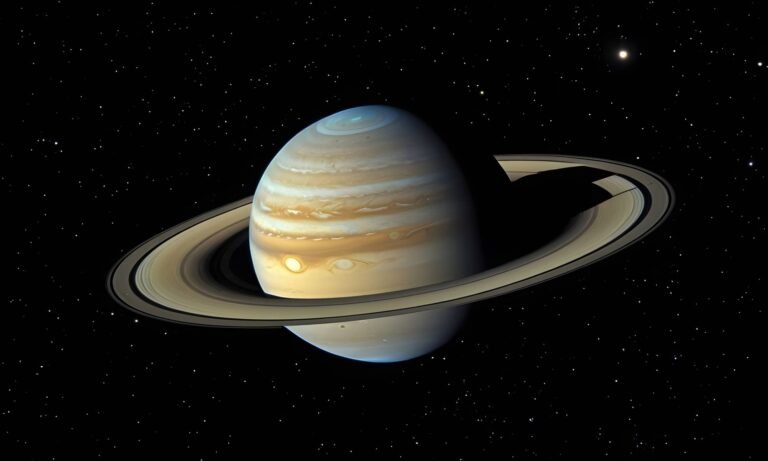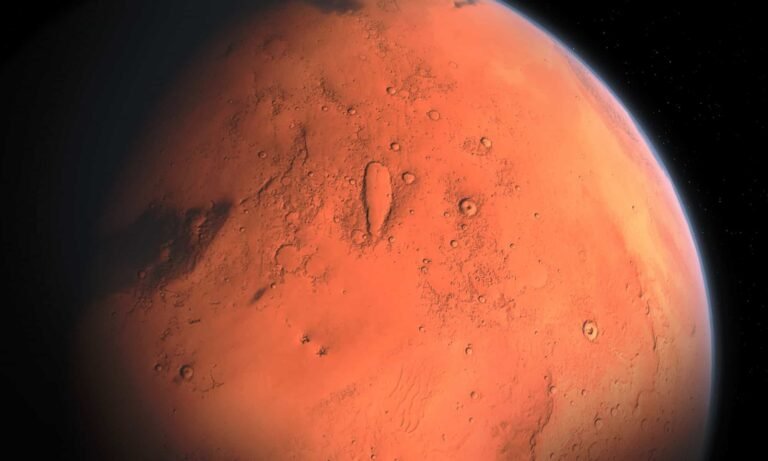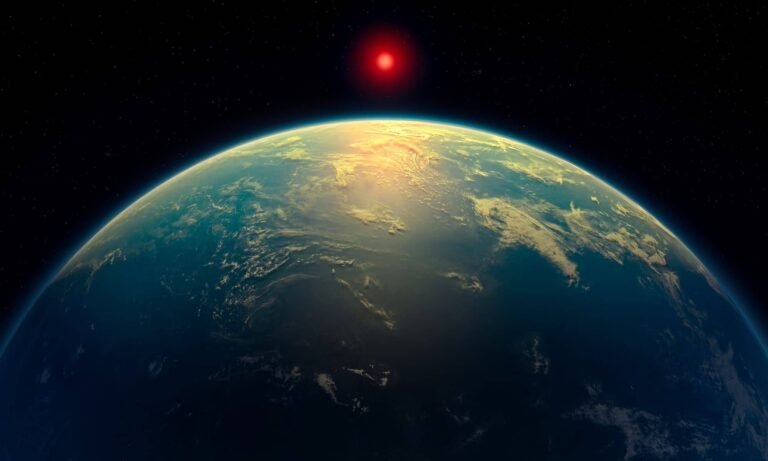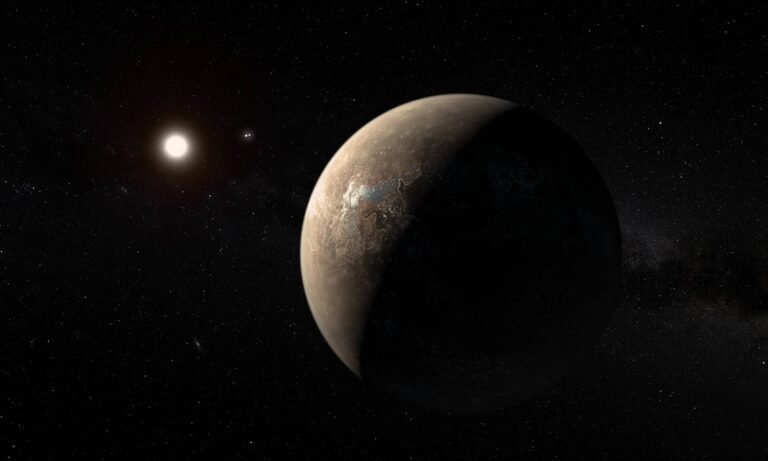Space debris, often referred to as orbital debris or space junk, encompasses a variety of non-functional objects that orbit the Earth. This debris can originate from a multitude of sources, including defunct satellites, spent rocket stages, and fragments resulting from collisions or disintegration of these objects. The accumulation of space debris poses a significant risk to operational spacecraft and satellites, creating what some experts deem a silent threat in our orbit.
The composition of space debris varies significantly, ranging from large components, such as derelict satellites, to microscopic particles created from collisions. Larger debris items are particularly concerning, as they can cause severe damage to functional satellites and spacecraft due to their high velocities. Smaller particles, while not as immediately impactful, are also hazardous; even minute debris can potentially damage electronics and structural integrity, representing a cumulative hazard in space.
Human activities, such as launching new satellites and exploring space, have exacerbated the problem of space debris. Every satellite launch adds potential debris to the environment, particularly when objects are discarded or become non-operational. Moreover, the practice of explosion testing, which seeks to simulate conditions in space, has significantly contributed to the proliferation of smaller debris particles. With the increased demand for satellite technologies and the expansion of various space missions, the prevalence of space debris continues to grow, raising concerns among scientists and regulatory agencies.
Consequently, the identification and categorization of space debris are crucial for mitigating its impact. Monitoring systems, such as the United States Space Surveillance Network (SSN), have been established to track all known debris. By understanding the characteristics and origins of space debris, strategies can be developed to minimize risks and protect valuable space assets, ensuring a sustainable environment for future generations of space exploration.
The Risks Posed by Space Debris
Space debris represents a growing concern within the aerospace community, as it poses severe risks to both operational satellites and missions beyond our atmosphere. This debris consists of defunct satellites, spent rocket stages, and various fragments resulting from collisions or explosions. The hazardous nature of these objects primarily stems from their velocity, which can exceed 17,500 miles per hour. At such speeds, even small particles can cause catastrophic damage to functional spacecraft, leading to potential destruction or malfunctions.
The threat of collision is one of the most alarming aspects of space debris. As the number of objects in low Earth orbit increases, the risk of a collision also escalates exponentially. A collision event can create more debris, further compounding the problem and resulting in what is known as the Kessler Syndrome, where the density of objects in orbit becomes so high that collisions become inevitable, thus jeopardizing all satellites in that region. This chain reaction not only endangers ongoing operations but also complicates future space exploration efforts.
The implications of space debris extend beyond immediate physical threats to satellites. A collision can disrupt satellite communications, affecting everything from GPS navigation to global internet services. Additionally, significant damage to critical satellites could hinder scientific research and emergency response measures. Historical incidents illustrate these risks vividly; for instance, the collision between the defunct Russian satellite Cosmos 2251 and the operational Iridium 33 satellite in 2009 resulted in over 2,000 trackable fragments, highlighting the urgency of addressing this escalating problem.
Solutions and Mitigation Strategies
As the threat of space debris continues to grow, effective solutions and mitigation strategies are becoming increasingly critical for ensuring the sustainability of our orbital environment. Various organizations and space agencies around the world are actively working on tracking systems to monitor and manage this debris. These systems detect and catalog space objects, enabling operators to predict possible collisions with active satellites. Notable examples include the U.S. Space Surveillance Network (SSN), which provides tracking data and alerts for nearby potentially hazardous space debris. Furthermore, many countries have established national programs focused on gathering debris data, enhancing our collective understanding of this expanding challenge.
Switzerland embarks on the world’s first space debris removal mission: The Swiss start-up Clearspace has been investigating this question since it was founded in 2018 by engineer Luc Piguet as a spin-off from the Swiss Federal Institute of Technology Lausanne (EPFL). The result is a small spaceship designed to dispose of space debris in the long term. A maiden mission is planned for the coming years.
In addition to tracking, international agreements and regulations have been developed to guide satellite operators in minimizing the creation of new debris. The Inter-Agency Space Debris Coordination Committee (IADC) has been instrumental in establishing guidelines for responsible satellite design and disposal strategies. These guidelines emphasize the importance of designing satellites in a manner that limits their potential to generate debris upon end-of-life disposal, promoting measures such as deorbiting or moving defunct satellites to “graveyard” orbits.
Innovative technologies aimed at debris removal are also in active development. Various missions have been launched or are in the planning phases to address existing space debris challenges. For instance, the ESA’s ClearSpace-1 mission aims to capture and remove defunct satellites using robotic techniques. Similarly, the Active Debris Removal (ADR) technologies propose using nets, harpoons, and lasers to safely eliminate or redirect larger debris pieces from orbit. These projects exemplify the collaboration between national space agencies and private companies, emphasizing the shared responsibility for protecting our orbital environment.
The Future of Space Debris Management
The issue of space debris has gained significant attention in recent years due to the increasing number of satellites and other objects in Earth’s orbit. As we look towards the future, several promising developments in the management and removal of space debris are emerging. Technological advancements are playing a pivotal role in shaping effective solutions to this pressing problem.
Among the most notable innovations are active debris removal systems that utilize robotic arms, nets, and harpoons to capture and deorbit defunct satellites and fragments. For example, initiatives such as the European Space Agency’s ClearSpace-1 mission aim to demonstrate how orbital debris can be actively removed while ensuring the integrity of operational satellites. These technologies are crucial for preventing collisions that could create even more debris in orbit.
Policy changes at both national and international levels are also essential for addressing the space debris issue. Comprehensive regulations that encourage responsible satellite deployment and end-of-life disposal are necessary to minimize future debris generation. This will include encouraging satellite manufacturers to design spacecraft that can be deorbited or made inert at the end of their operational life, thus significantly reducing their long-term impact on the orbital environment.
Global cooperation plays a critical role in tackling space debris. Collaborative efforts among spacefaring nations and organizations can lead to standardized guidelines and best practices for debris management. Initiatives like the United Nations Committee on the Peaceful Uses of Outer Space serve as a platform for member states to discuss and formulate collective strategies towards sustainable space exploration
Lastly, embedding sustainable practices into our exploration efforts will be paramount. Promoting the development of smaller, more efficient satellites and encouraging the use of reusable launch systems are essential steps forward. Additionally, fostering innovation through public-private partnerships can accelerate the adoption of cutting-edge technologies for debris mitigation. By investing in the future of space debris management and actively working towards solutions, we can ensure a secure and sustainable orbital environment for generations to come.
What’s More
The posts in My Blog feature reflective, story-driven pieces rooted in personal and societal insights.
The topics in My Interests explore abstract, philosophical ideas and their cultural and societal impact.


